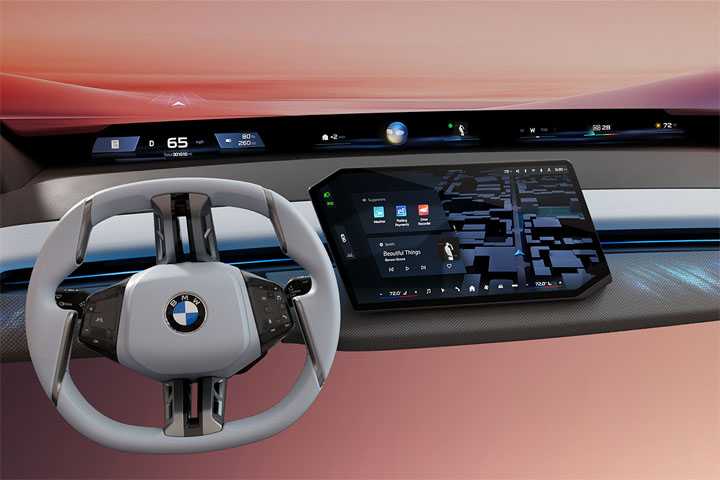What are the potential applications for blockchains in the automotive and mobility industry, and how could the technology make everyday life simpler for motorists? Upon hearing the word “blockchain”, many people immediately think of Bitcoin. The cryptocurrency is the best-known example of how this relatively new technology can be used. However, blockchains (or, strictly speaking, distributed ledger technologies – known as DLT for short) can provide an answer to a host of future questions and could also have a sustained influence on mobility in tomorrow’s world.
“Blockchain technology alone is not going to solve everything,” explains Dr. Andre Luckow, Head of Distributed Ledger and Emerging Technologies at the BMW Group. “Rather, it will provide us with the technical basis needed to take new approaches and create innovative solutions.” Dr. Luckow’s team is working together with specialist departments from all areas of the company to develop potential blockchain applications throughout the automotive value chain and test them out.
But, what exactly is a blockchain? Blockchains are essentially a new form of database. They store transactions (e.g. transfers, deliveries or purchases) in blocks that cannot be changed. The benefits of blockchains are rooted first and foremost in two principles:
- A blockchain is decentralised. First, all participants establish what information is to enter the blockchain – in other words, they agree on the rules for their collaboration. They can then send their transactions to the blockchain with equal rights. All participants carry out reciprocal checks of the transactions. There is no central server that could fail or be tampered with. Anyone wishing to modify data at a later date must do so with the approval of over half the participants.
- Each block has a digital fingerprint known as a hash. And each block contains the hash of the previous block, meaning that it effectively includes that block’s encrypted content. As a result, all blocks are interlinked (hence the name “blockchain”). If someone was to subsequently modify a data block, the manipulation would immediately be apparent as the content would no longer match the fingerprint.
The new technology holds great potential for the automotive and mobility industry.
“The hype surrounding blockchains has died down, and it is even met with occasional scepticism now. However, we remain convinced that blockchains represent a real opportunity,” continues Dr. Luckow. He can envisage them being potentially used for applications such as managing supply chains to increase transparency and efficiency or enabling vehicles to process transactions by themselves (e.g. paying parking or toll charges). He says that the technology could also be used for giving consumers more control over their data.
The successful implementation of such applications on the basis of blockchain technology very much hinges on whether cross-industry standards and ecosystems can be devised and established. To this end, the BMW Group has adopted a broad-based consortium strategy and is actively involved in initiatives including the Mobility Open Blockchain Initiative (MOBI).
“It is essential to create digital ecosystems that share a common infrastructure and use applications with agreed standards and control models,” emphasises Dr. Luckow. “The only way to speed up the development and acceptance of blockchain systems is to have common, open standards and ecosystems.”
In July 2019, the MOBI consortium – which was co-founded by the BMW Group and also involves other manufacturers and suppliers from the automotive and mobility sector – published its Vehicle Identity Standard. This standard is intended to form the future basis for reliable data communication within a mobility ecosystem and facilitate data transparency, coordination and automation of transactions between stakeholders.
“The Vehicle Identity Standard is a crucial element for future blockchain-based vehicle and mobility services. We are pleased to be participating in the multi-stakeholder proof of concept so that we can continue to drive the development of the standard and study its application,” says Dr. Luckow.
Further information and current BMW Group use cases for blockchains can be found in the web special.
Further information on the Mobility Open Blockchain Initiative and the Vehicle Identity Standard is available here.





